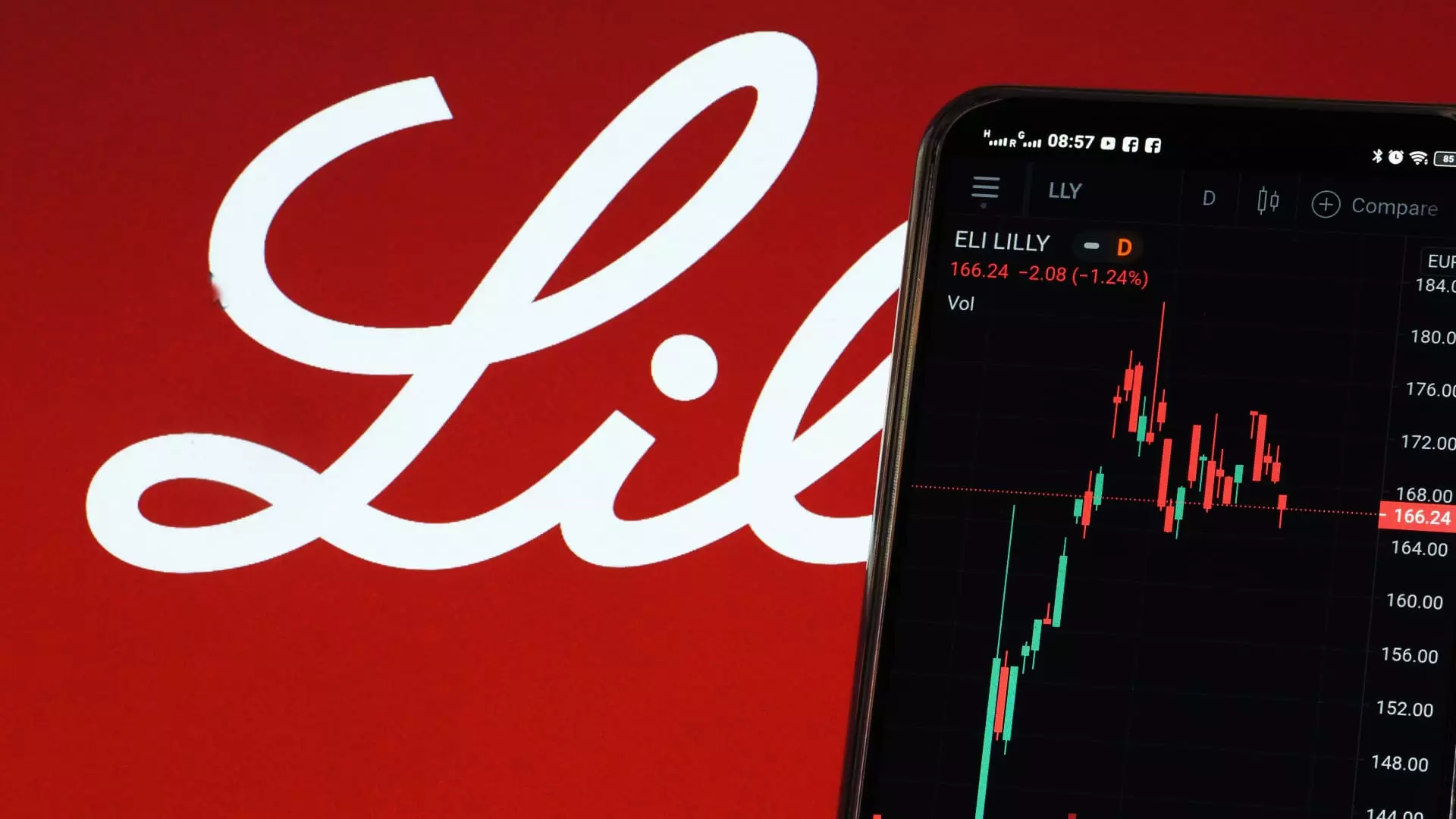The biopharmaceutical sector has recently seen a mix of fortunes, causing investors to sift through various stock options for potential growth. As participants in this varying landscape seek counsel, JPMorgan’s latest stock picks reveal some intriguing insights. Eli Lilly stands out as the firm’s prime choice, complemented by a favorable outlook for Gilead Sciences and Bristol Myers Squibb. This article delves deeper into these recommendations, the sector’s performance, and driving forces behind market movements.
The biopharma industry has experienced significant fluctuations over the past few years, and 2023 appears to be no different. Despite the US Large Cap Biopharma group outperforming the S&P 500 year-to-date, overall valuations remain strikingly low compared to historical metrics. Analyst Chris Scott highlights a growing preference among investors for companies showcasing clear stories, robust core momentum, and near-term product launches, as opposed to those with uncertain trajectories. This sentiment illustrates a discerning market where clarity and potential are favored over volatility.
Significantly, the Nasdaq Biotechnology Index (NBI) has registered a 6.5% increase this year, outperforming both the S&P 500 and the tech-oriented Nasdaq Composite. This rebound is a notable turnaround from the previous year when the NBI posted a 3% loss, while the mainstream market indices surged substantially. The stark divergence in performances can be attributed to varying trajectories within the biopharma companies themselves. While Eli Lilly has shone due to successful obesity drugs, others, including major players like Moderna and Pfizer, have struggled with disappointing results.
JPMorgan holds a particularly optimistic outlook for Eli Lilly, which has weathered recent market turbulence with significant pricing power and growth potential. The company has demonstrated impressive performance with its latest weight loss medication Zepbound and diabetes treatment Mounjaro, which maintains momentum into 2025 and beyond. Scott notes expectations for continued prescription growth in the coming months as manufacturing and access improve, alongside the anticipated launch of a new obesity treatment, orforglipron, by mid-2026. This forthcoming product is viewed as a pivotal catalyst for the company’s future share performance.
Despite these promising indicators, Eli Lilly has faced its challenges. The company reported mixed results in its latest quarterly earnings, with sales falling short of estimates primarily due to reduced prices. Moreover, both Zepbound and Mounjaro have not met market expectations for sequential quarters, which underscores the inherent risk of relying too heavily on a few successful products.
Bristol Myers Squibb also features prominently in JPMorgan’s analyses, given its core growth drivers and product momentum, despite facing recent stock price declines following earnings reports. The analysts emphasize that the stock’s underperformance has been linked to conservative fiscal guidance rather than fundamental weaknesses in the company’s primary business lines. With ongoing coverage of pivotal treatments, like Cobenfy for schizophrenia, and an aggressive $2 billion cost-cutting initiative, Bristol Myers is well-positioned to navigate these challenges and achieve multiple expansions moving forward.
The company’s focus on building out its therapeutic portfolio, especially in neuroscience, stands as an appealing narrative for investors who favor companies adapting to market needs. In addition, the solid quarterly results, despite weaker future guidance, illustrate a nuanced approach that entails recognizing both successes and limitations.
Gilead Sciences presents another notable opportunity within the biopharma space, bolstered by a promising 2025 pipeline and clear recent performance metrics. Analysts highlight Gilead’s effective management of expenses and a solid strategy surrounding its HIV portfolio, indicating a firm foundation for future growth. As the company navigates through its strategic phase, Gilead seeks to leverage existing strengths while exploring new opportunities stemming from its diverse pipeline.
Contrastingly, some biopharma stalwarts like Regeneron and Merck appear to be facing headwinds that may hinder their market appeal in the immediate term.
While the biopharmaceutical sector shows signs of recovery with key players like Eli Lilly, Gilead, and Bristol Myers taking the lead, investors are urged to maintain a cautious approach. The evaluation of potential investments necessitates scrutiny not only of pricing and performance metrics but also of broader market narratives that can influence stock trajectories. As the landscape evolves, discerning investors must be vigilant, balancing optimism with realistic assessments of each company’s fundamental strengths and the regulatory environment shaping their success.

